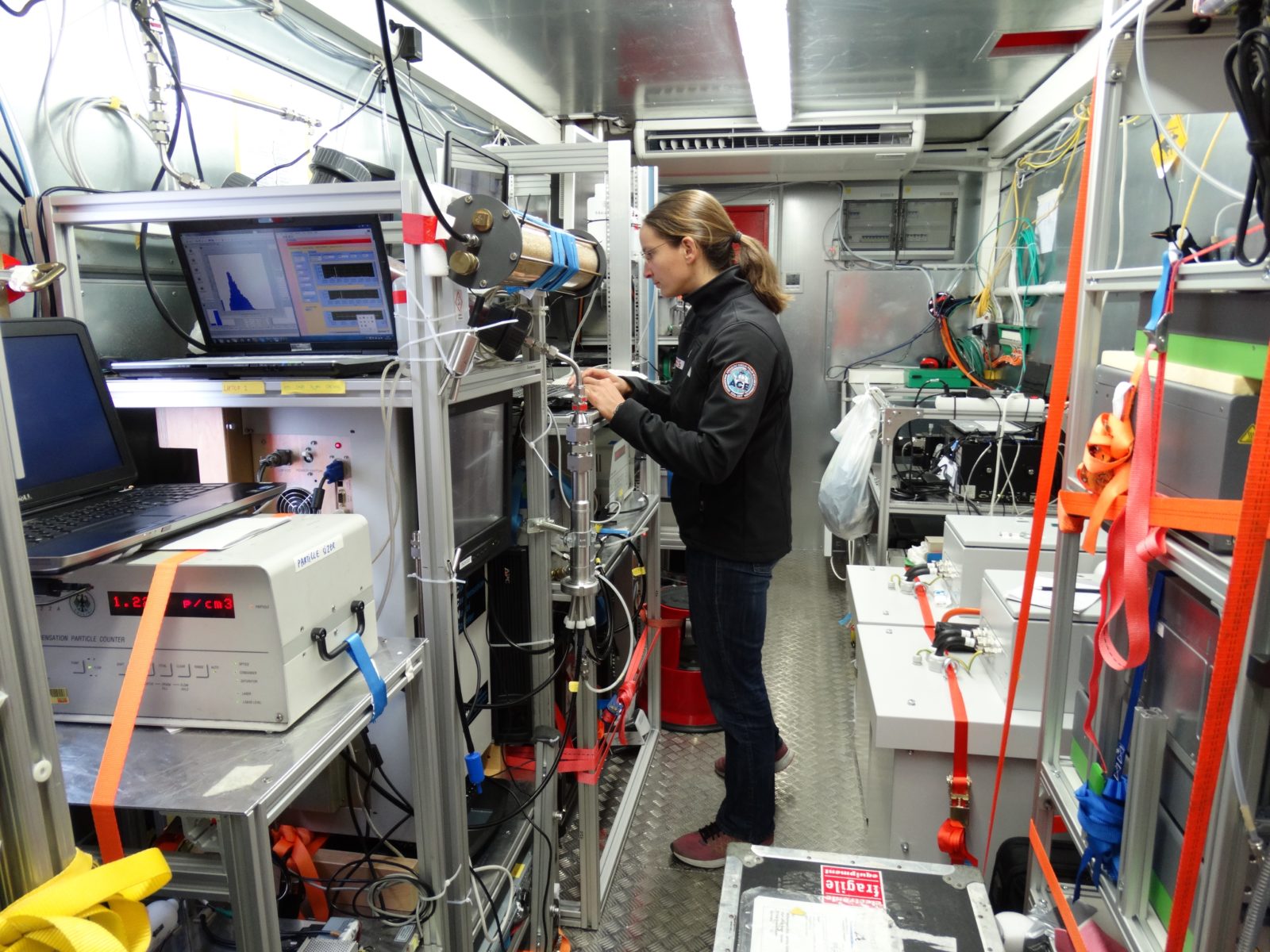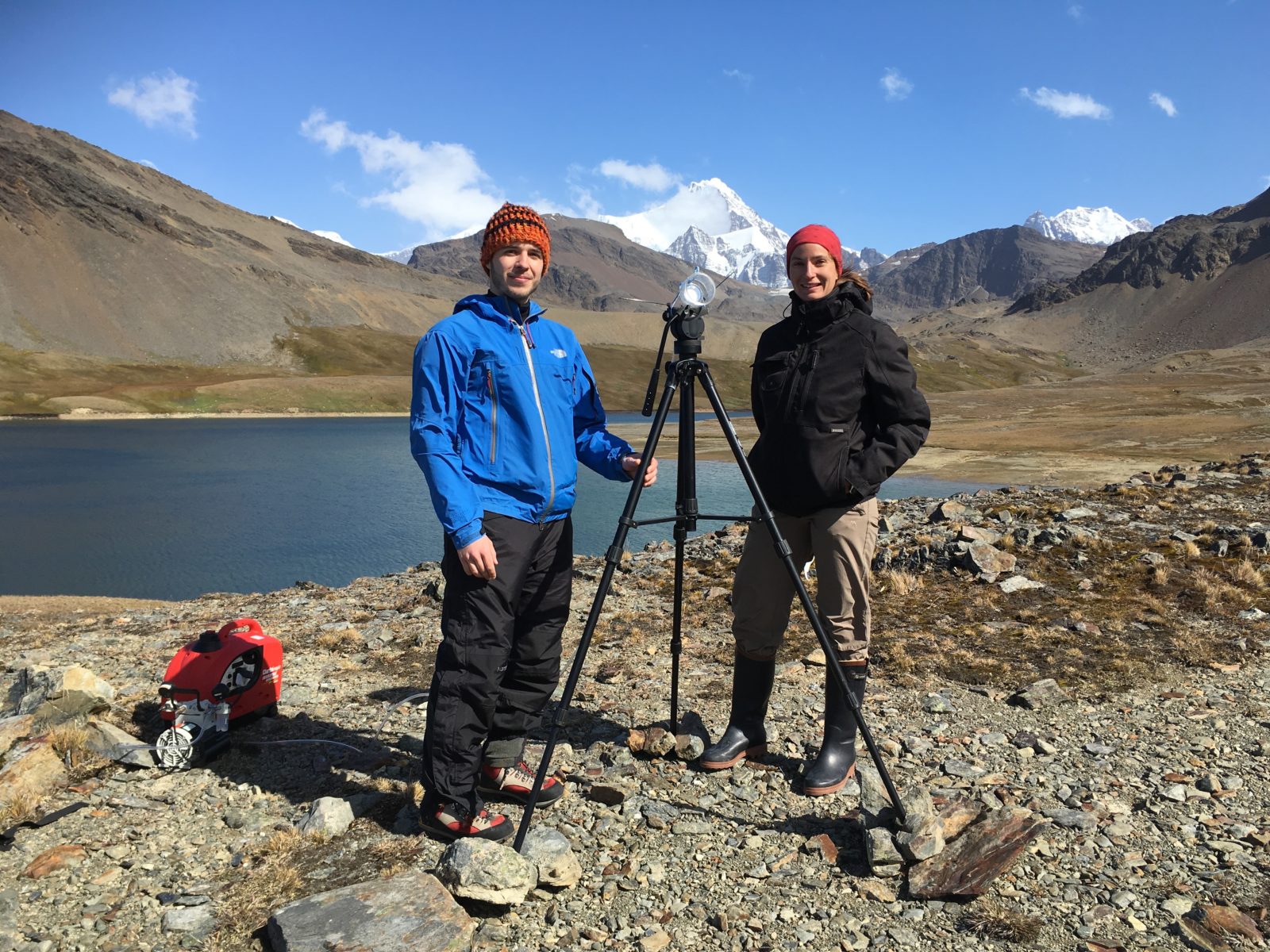

Brief description and intermediate results

We understand the effects of carbon dioxide emissions on climate quite well. However, there are other substances and atmospheric processes that also influence climate but they are not yet well characterized. Among these processes are aerosol-cloud interactions. To understand the influence of human activities on climate through changes in clouds, we need to know what these processes are like without human impact. More specifically, we need to know how small particles in the atmosphere interact with clouds in pristine conditions. This is challenging, because there are hardly any places left on Earth with conditions similar to the preindustrial age. The region that qualifies best is the Southern Ocean.

During the expedition, we operated a number of scientific instruments that help us understand how emissions from the ocean to the atmosphere influence particles, how these particles form and grow in the air, and how they are influenced by natural processes. For example, gases emitted by phytoplankton communities or large sea bird colonies can change the chemical composition of these particles We also tested whether these particles formed cloud droplets or ice crystals in an artificial cloud chamber. These on-board measurements will help us to improve satellite data retrieval methods and global climate model simulations.

Julia Schmale
Paul Scherrer Institute, Switzerland
Study of Preindustrial-like Aerosol – Climate Effects (ACE-SPACE)
- Paul Scherrer Institute (Switzerland)
- Leibniz Institute for Tropospheric Research, Leipzig (Germany)
- University of Leeds, Leeds (UK)
- The Hebrew University of Jerusalem,
- Jerusalem (Israel)
- University of Cranfield (UK)
- Federal Institute of Technology Zurich (Switzerland)